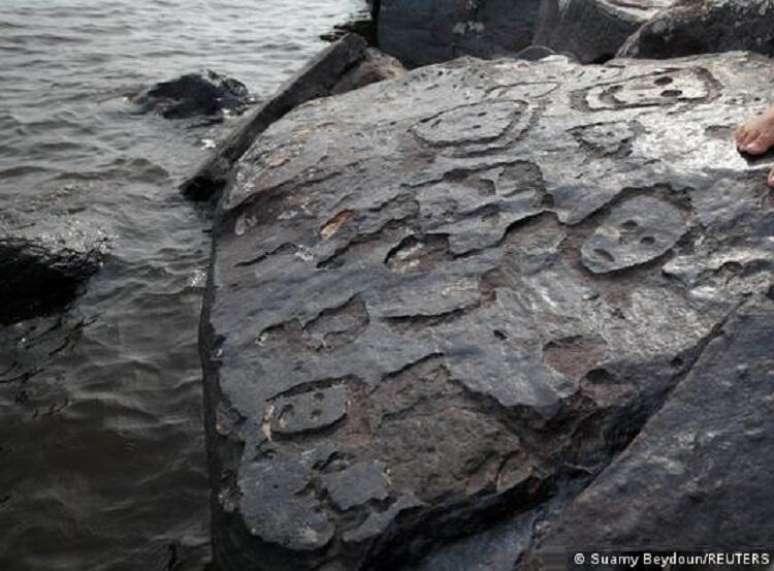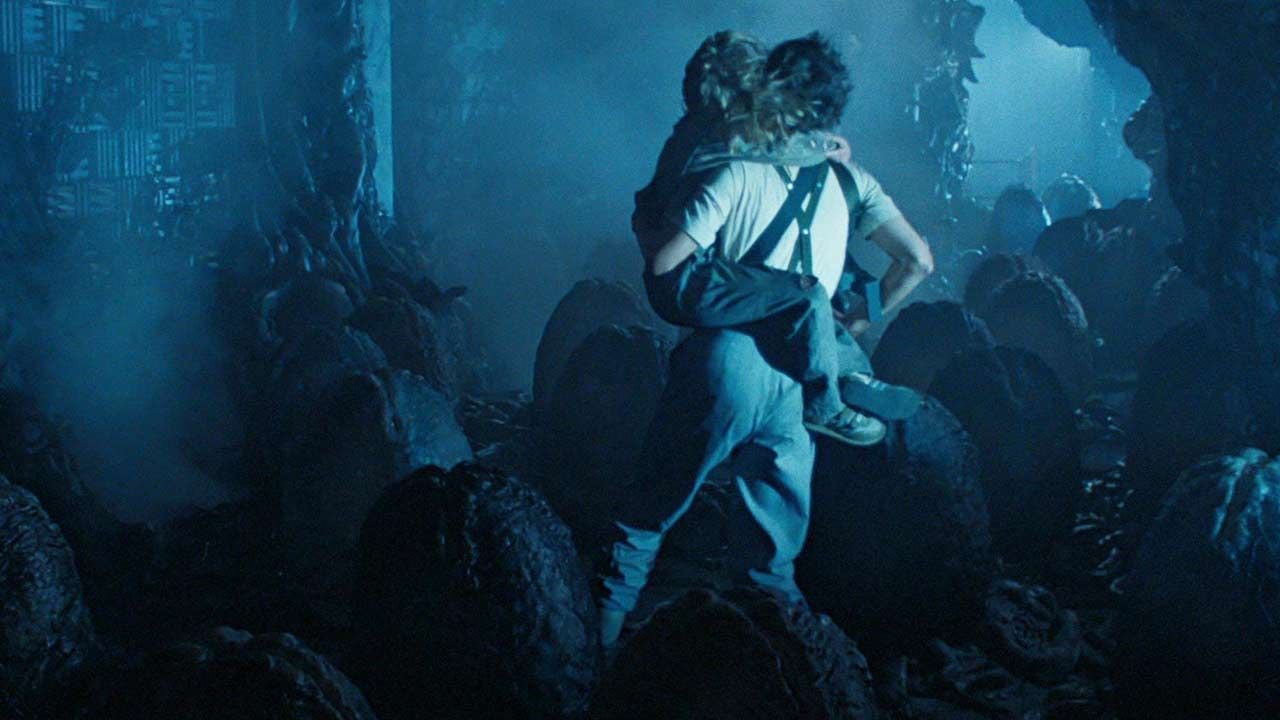Melting glaciers and extreme droughts bring to light sensational discoveries. But global warming also puts the conservation of finds at risk.
Climate change rarely brings anything good. Archaeology, however, appears to benefit from the rapid melting of glaciers, the further retreat of permafrost, and the extreme drying of rivers and lakes. In recent years there has been an accumulation of discoveries of archaeological sensations preserved for centuries in ice or protected in flooded regions.
Drought in the Amazon reveals archaeological finds (Photo: Suamy Beydoun-Reuters)
Although many of these discoveries were only possible thanks to melting ice, the rise in air and sea temperatures in recent years has dramatic consequences for science. What has been protected for thousands of years in the cold, wet climate could disappear in a short time due to climate change.
The ice, for example, has preserved sensational finds, such as that of the Stone Age man nicknamed Ötzi, discovered in 1991. Thanks to its excellent state of preservation, researchers have been able to precisely reconstruct how the “Iceman” lived about 5,300 years ago in the Alps, between Italy and Austria.
Archaeologists working high in the mountains are now increasingly discovering impressive evidence of past tragedies. Researchers from Peru and Poland have just presented the reconstruction of the Inca mummy Juanita, a 14-year-old girl sacrificed as an offering to the gods more than 500 years ago.
The Incas hoped, through the bloody ritual called Copacocha, to obtain protection from the gods from natural disasters. The frozen mummy was discovered in 1995 at an altitude of more than 6,000 meters on the Ampato volcano in southern Peru. Because of melting and erosion of icethe mummy, which was on a higher Inca site, fell into the volcano’s crater.
Frozen time capsules
In the Alps or in Scandinavia, discoveries of weapons, sleds and clothing from the Roman Empire or the Middle Ages are increasingly frequent. Thanks to their good state of preservation, these objects reveal a lot to researchers about the lives of ancestors.
Many archaeological finds are discovered especially in regions where the permafrost – the permanently frozen layer of the Earth’s surface – is retreating at an accelerating rate. In Antarctica, radar images show river landscapes beneath the ice. Ancient villages suddenly appear in Alaska. In Siberia, researchers discovered fossils of three specimens mammoths that are more than 3 million years old. The fossil of a fully preserved and mummified baby mammoth has been discovered in Canada.
These are great discoveries, but time is running out. Where it still exists today permafrost, which excellently preserves organic materialin a few years all that will remain is a simple change in color of the floor.
OR melting glaciersto the Heavy rains and rising sea levels pose new challenges for archaeology. These phenomena threaten, for example, many ancient port cities in the Mediterranean. Climate change is not only responsible for melting ice and floods, but also terrible droughts.
Drought reveals treasures
For archaeologists, drought is partly luck, but for ecosystems and their inhabitants they are a catastrophe: fish die en masse, fields can no longer be cultivated and there is a lack of drinking water.
One Extreme drought reveals 3,400-year-old city in Iraq which was at the bottom of a dam. German and Kurdish archaeologists were able to briefly study the Bronze Age city. Subsequently, the Mitani power center returned under water.
In Caceres, Spain, a drought brought the Dolmen of Guadalperal to the surface. Nicknamed the “Spanish Stonehenge,” the megalithic monument of 150 stone blocks was built about 7,000 years ago.
Shipwrecks found in the dry bed of the Mississippi River, Remains of German ships from the Second World War found in the Danube. These shipwrecks, made visible due to the drought, not only pose a danger to navigation, but often still carry ammunition, thus putting the environment at risk.
Ambivalent problem
This problem is also current in Brazil, where Extreme drought in the Amazon has revealed petroglyphs along the Amazon River. Prehistoric drawings show a variety of expressions. The indigenous cultures that lived in the region likely created the engravings about 2 thousand years ago.
The carvings are an “invaluable” discovery for understanding these prehistoric populations, Beatriz Carneiro, historian at the National Institute of Historical and Artistic Heritage (Iphan), told the AFP news agency. “Unfortunately they are now reappearing as the drought intensifies.”
The level of the Negro River has fallen by about 15 meters since July and the lowest flow in the last 121 years was recorded in the last week of October. According to archaeologists, this puts the conservation of the archaeological site at risk. But the drought is hitting local people hardest, isolating entire communities and making it difficult to access food, livelihoods and even drinking water.
This content is a work originally published by the German agency DW. The opinion expressed by the publication does not reflect or represent the opinion of this portal or its collaborators.
Source: Terra
Rose James is a Gossipify movie and series reviewer known for her in-depth analysis and unique perspective on the latest releases. With a background in film studies, she provides engaging and informative reviews, and keeps readers up to date with industry trends and emerging talents.







